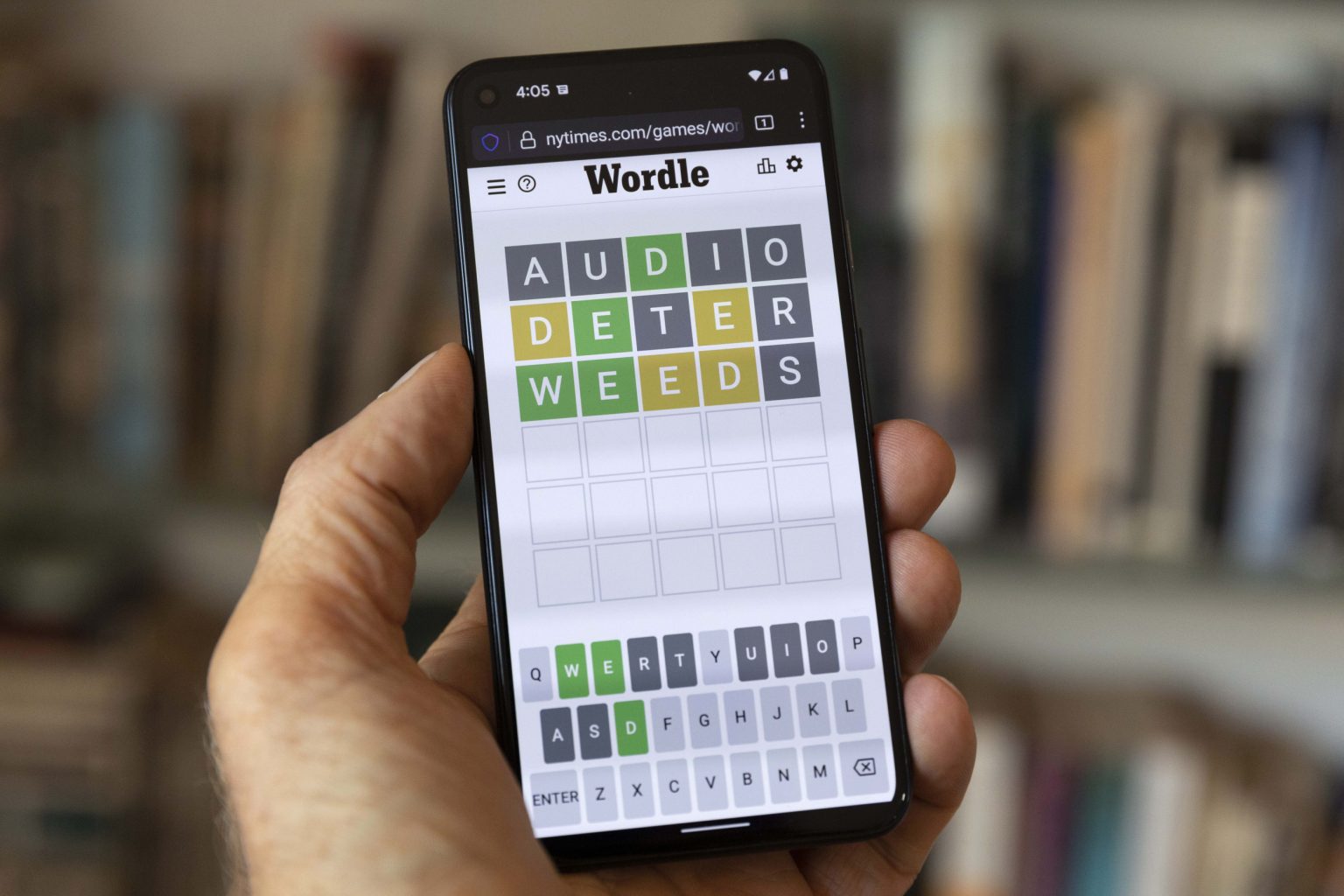Wordle, the globally popular word-guessing game, presents a daily challenge to players worldwide. Created by Josh Wardle, the game involves guessing a five-letter word within six attempts, using color-coded feedback to guide the process. Green indicates a correct letter in the right position, yellow signifies a correct letter in the wrong position, and gray eliminates a letter from consideration. Wordle’s rapid rise from obscurity to a cultural phenomenon, culminating in its acquisition by The New York Times, underscores its ingenious blend of simplicity and engaging gameplay. Wardle carefully calibrated the game’s parameters – five-letter words and six attempts – to strike a balance between challenge and solvability, offering players a gratifying sense of accomplishment upon successful completion.
The strategic selection of starting words plays a crucial role in optimizing one’s Wordle performance. Experts like Erhan Aslan, an applied linguistics expert at the University of Reading, advocate for beginning with words containing common vowels like “e” and “a,” and frequently used consonants like “r” and “t.” This approach maximizes the information gained from the initial feedback, allowing players to efficiently narrow down the possibilities. Conversely, starting with less common letters like “q,” “z,” “j,” or “x” is generally discouraged as it limits the initial information gain. Aslan emphasizes the importance of leveraging phonological knowledge to refine guesses and eliminate potential words throughout the process. Each guess provides valuable feedback, allowing players to deduce patterns and progressively hone in on the solution.
The allure of Wordle lies in its accessibility and the satisfying process of deduction it entails. The game’s structure encourages strategic thinking and vocabulary exploration. While some may approach it with calculated precision, analyzing letter frequencies and optimal starting words, others may embrace a more intuitive approach, relying on instinct and word familiarity. Regardless of the chosen strategy, Wordle fosters a sense of intellectual engagement and playful competition. The daily reset mechanic further contributes to its appeal, offering a fresh challenge each day and a continuous opportunity to refine one’s word-solving prowess.
For those seeking assistance with a particular Wordle puzzle, clues can be invaluable aids. These hints often provide incremental information, starting with broad categories and progressively narrowing the focus. For instance, a clue might initially reveal the word’s semantic domain (e.g., “animal”), followed by a contextual reference (e.g., “featured in the Lion King”), and subsequently a phonological characteristic (e.g., “no silent letters”). These carefully crafted clues offer a scaffolding for players, guiding them towards the solution without explicitly revealing it. The goal is to provide just enough information to nudge players in the right direction, preserving the challenge while offering a helping hand.
In the specific case of Wordle #1,268, the clues strategically guide players towards the solution: “hyena.” The initial clue reveals the animal category, followed by a connection to the Disney classic “The Lion King.” Subsequent clues eliminate silent letters and specify the presence of two vowels. Finally, a subtle hint alludes to the word’s potential application to a “sleazy politician,” alluding to the hyena’s often-negative connotations. This layered approach to clue-giving allows players to engage in a process of deduction, drawing on their knowledge and reasoning skills to arrive at the correct answer.
The beauty of Wordle lies in its ability to engage a broad audience, from casual word enthusiasts to dedicated puzzle solvers. Its straightforward mechanics and daily refresh cycle make it an easily integrated habit, offering a brief but stimulating mental exercise. Whether approached strategically or intuitively, Wordle provides a rewarding experience of linguistic discovery and problem-solving. The game’s popularity is a testament to its elegant design, fostering a sense of community and shared intellectual pursuit. The daily anticipation of a new puzzle and the satisfying “aha” moment upon cracking the code contribute to Wordle’s enduring appeal. The game’s accessibility ensures that players of all backgrounds can participate, fostering a shared experience that transcends language and cultural barriers.

